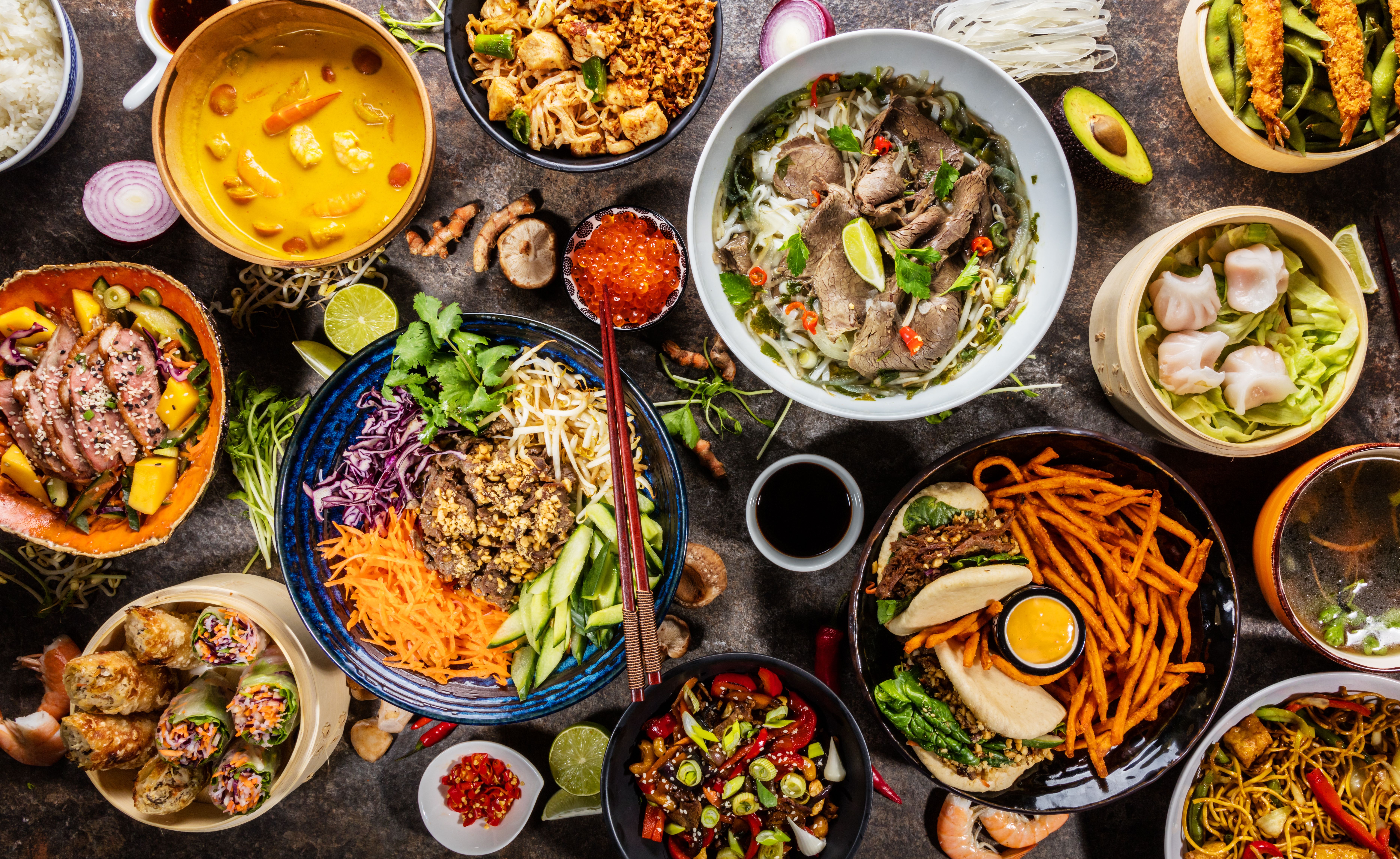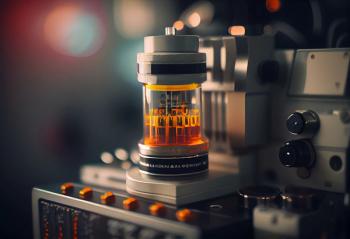
On Thursday, September 28, 2023, the Chromatographic Society (ChromSoc) will hold a meeting focused on gas chromatography in the Science and Industry Museum, in Manchester, UK.


On Thursday, September 28, 2023, the Chromatographic Society (ChromSoc) will hold a meeting focused on gas chromatography in the Science and Industry Museum, in Manchester, UK.

As part of the upcoming Recent Advances in Gas Chromatography meeting, Laura McGregor of SepSolve will discuss how workflows for comparing 1D and 2D GC–MS chromatograms can be automated.

As part of the upcoming Recent Advances in Gas Chromatography meeting, Nicholas Morley will look at how two-dimensional gas chromatography-time-of-flight-mass spectrometry analyzes pharmaceutical packaging.

Two-dimensional gas chromatography time-of-flight mass spectrometry (GCxGC/TOF-MS) and gas chromatography–time-of-flight mass spectrometry (GC-TOF-MS), two different gas chromatography techniques, will have their procedures and uses compared at the Science and Industry Museum, in Manchester, UK.

The combination of the “bottom-up” approach with digest-free, direct-sequencing proteomics, along with the addition of a proteogenomics pipeline that identified missing data, yielded the determination of almost 3000 proteins.

Using mass spectrometry and fingerprint analysis, scientists are investigating a new way to screen for lung cancer.

Researchers in China studied a new process for measuring aberrant metabolites.

Studies published over the last five years have focused on fully or semi-automated approaches and their applications in extraction of both organic and inorganic pollutants, while modern robotic tools and 3D printing are starting to make impacts.

A recent study described how a new secondary ion mass spectrometer coupled with microscope mode detection allows for rapid mass spectral imaging over a larger surface area.

As researchers demonstrated in a second recent report, their devised method was effective for identification of cocaine, but there is no consensus as to a “best” algorithm for all necessary scenarios.

What critical components can help to resolve the separation challenges related to pesticides analysis in food?

Webinar Date/Time: Thursday, September 7, 2023 at 9am EST and 2pm ES

While mass spectrometry (MS) is the favored analytical technique for the primary structures of proteins and their post-translational modifications (PTMs), the combinatorial isomers that commonly co-occur necessitate a more advanced approach.

Researchers at West Virginia University introduce an algorithm which, in combination with binary classifiers, enables accurate and specific identification of cocaine in mass spectra from various laboratories, outperforming traditional approaches.

To gain a better understanding of phosphatidylinositols, scientists used different LC–MS/MS techniques to find classifications to use in identifying further species of Pls.

HRMS is widely used in chromatography for analyzing complex mixtures. However, chromatographers should take note of the exponentially larger data set that HRMS provides before deciding whether to use the technique for the analysis they are conducting.

Increases and decreases in anthocyanin concentration, which relates to the level of sugars found in red wine, were observed at specific weekly intervals of the grape ripening process.

Trypsin is one of the most commonly used proteases in peptide mapping protocols because of its high level of specificity. However, trypsin alone is not always sufficient for full sequence coverage. In this article, the authors detail how trypsin was combined with chymotrypsin to overcome this, and the benefits of an automated platform.

An overview of different approaches for the qualitative and quantitative analysis of polysorbates.

Understanding separation principles is the key to success. Here's why.

Plant growth regulators (PGRs) have significant effects on plant physiological processes, but the complex matrices of plants, along with polarity and instability issues inherent with PGRs, complicate trace analysis of these compounds.

In this interview, we explore the significance of this groundbreaking technology and its impact on mass spectrometry with Aaron Robitaille, Director of Marketing for Mass Spectrometry at Thermo Fisher Scientific in San Jose, California.

Sauce-flavor or sauce-aroma baijiu, one variant of a popular Chinese liquor, is treated with a fermentation starter called daqu, giving the concoction a unique taste profile, and scientists want more information about how it can inform the manufacturing of higher-quality baijiu.

Scientists at NACRW discussed using CE–MS to analyze highly polar agrochemicals.

During the North American Chemical Residue Workshop, scientists discussed predicting liquid chromatographic retention times to identify contaminants.